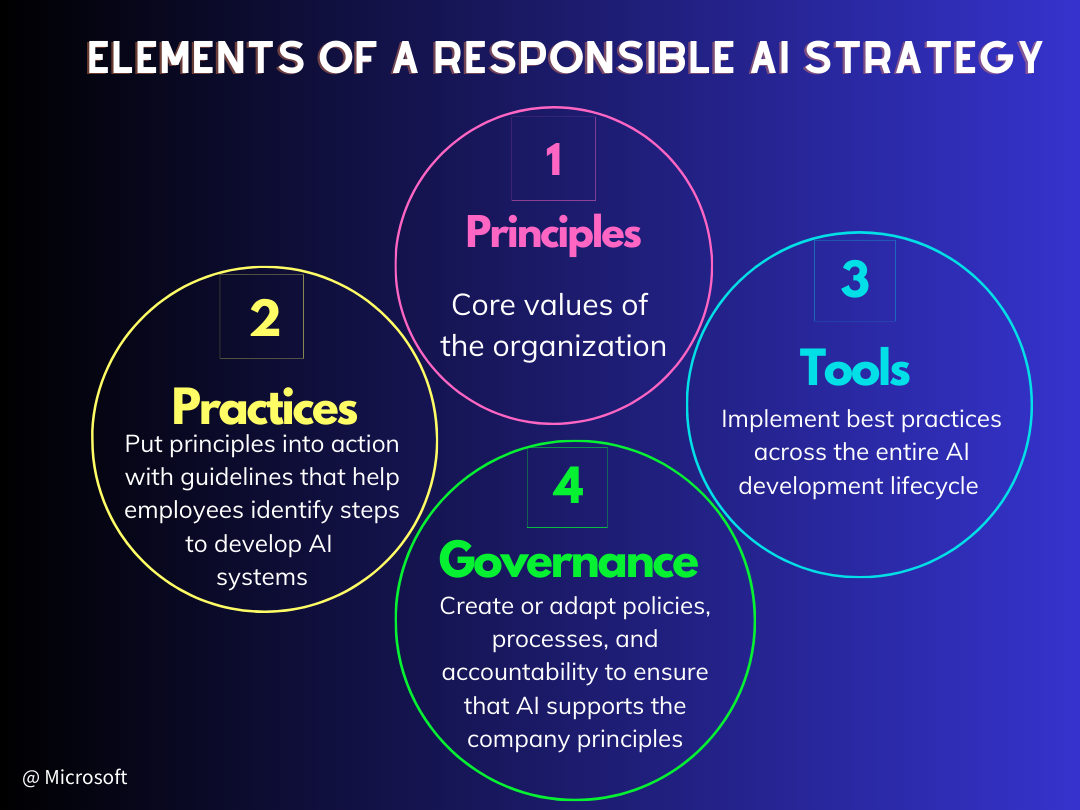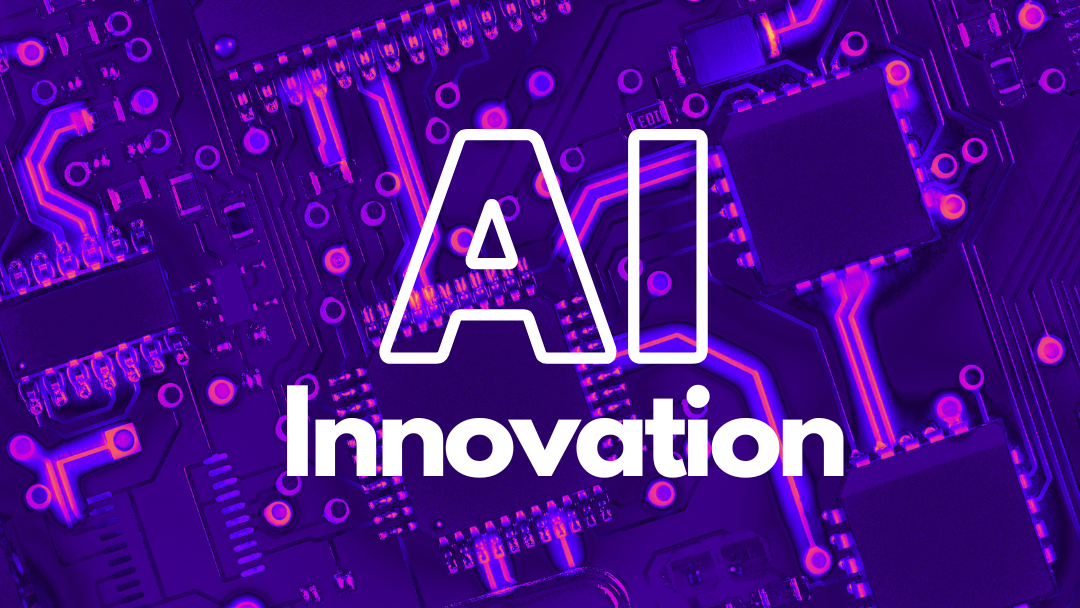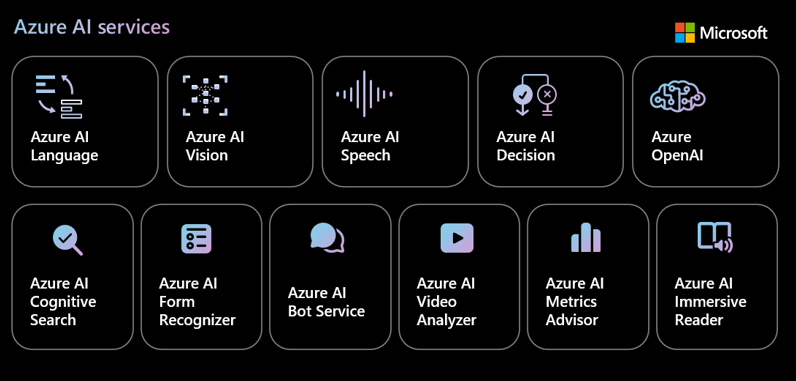Jan 15, 2024 | Business Growth, Innovation, Leadership, Mid-market, SMEs, strategy
Common Innovation Mistakes: A Guide for SMEs on How to Avoid Them
Discover how SMEs can sidestep the common innovation mistakes that hamper growth. Learn the importance of continuous innovation, customer focus, adaptive leadership, and strategic tech use. Join us in exploring actionable strategies to navigate the innovation maze effectively.
Did you know that 70% of small and medium-sized enterprises (SMEs) struggle to sustain growth due to innovation-related challenges? In the dynamic landscape of SMEs, innovation is not just a buzzword but a vital strategy for survival and growth. However, in a rush to stay ahead of the curve, CEOs and owners often fall into common pitfalls that can restrain their company’s innovative potential. The good news? These obstacles are navigable with the right mindset and strategies.
Navigating the Innovation Maze
It is the first commandment in the playbook of successful SMEs. The innovation journey is loaded with challenges, but the most common mistake is complacency. Many businesses fall into the trap of believing that a single innovative product or service will sustain them in the long run. The reality, however, is that Innovation is a marathon, not a sprint. To avoid this pitfall, SMEs should continuously explore new ideas, technologies, and methodologies. Establishing a routine for brainstorming sessions, encouraging creative thinking among employees, and staying abreast of industry trends are actionable steps toward embedding relentless innovation into your company’s DNA.
Amazon exemplifies relentless innovation with its “Day 1” philosophy, fostering a culture where exploration and experimentation are paramount. The “two-pizza rule” empowers small teams to innovate swiftly, proving that size does not inhibit agility and creativity.
Another common misstep is losing sight of who matters most—the customer. In the enthusiasm to innovate, it’s crucial not to deviate from the core principle of prioritizing customer satisfaction. Remember, the end goal of innovation is to serve your customers better, not to dazzle them with complexity or novelty for its own sake. Cultivating a deep understanding of your customer’s needs, preferences, and feedback loops into your innovation strategy ensures that your efforts drive loyalty and long-term engagement.
Effective strategies include developing deep insights into customer needs and establishing feedback loops through surveys and social media engagement.
FARM Rio’s global expansion showcases the importance of adapting to local cultures while maintaining brand identity, underscoring the balance between authenticity and market demands. Their commitment to sustainability further highlights how innovation can align with global values and trends.
It is essential for navigating the unpredictable waters of business. A rigid leadership style that resists change is a significant barrier to innovation. Leaders must embody a vision that inspires their team while being flexible enough to pivot strategies when necessary. Leadership that embraces flexibility and learns from failure is critical to fostering an innovative environment; this includes cultivating a vision that inspires and adapts and encouraging calculated risk-taking.
Culture cannot be overlooked. A culture that promotes high standards and nurtures innovation is the bedrock of a thriving SME; this involves creating a supportive atmosphere where employees feel valued and empowered to contribute ideas. Recognizing and rewarding innovative efforts fosters a culture of excellence and creativity. Moreover, investing in training and development ensures your team has the skills to drive your innovation agenda forward.
Sharing stories of overcoming setbacks can inspire perseverance and underscore the value of maintaining morale through challenges.
In today’s digital age, technology is a critical enabler of innovation. However, merely adopting the latest technologies isn’t enough. The critical mistake to avoid here is technology, for technology’s sake. SMEs should use technology strategically, focusing on solutions that offer a competitive advantage, streamlining operations, and fostering growth. This requires a clear understanding of your business goals and how technology can help achieve them rather than chasing after every new tech trend.
Questions like, “Does this technology address a real need within our operations?” and “What is the expected return on investment (ROI)?” can help ensure that technology investments are aligned with business objectives.
Conclusion: Transforming Through Innovation
Innovation within SMEs is a holistic endeavor requiring more than good ideas. It demands a strategic approach to avoid common mistakes such as complacency, customer detachment, rigid leadership, cultural mediocrity, and misguided technology adoption. By innovating relentlessly, putting the customer first, embodying adaptive leadership, fostering cultural excellence, and using tech as a lever, SMEs can navigate the innovation maze more effectively.
Aug 23, 2023 | AI, AI Innovation, Business Growth, CEOs, strategy
How AI is Revolutionizing Business Innovation
This article delves into why AI matters for CEOs, how it amplifies human ingenuity, builds transformational experiences, and enables innovation while maintaining responsibility and trust. Let’s explore how AI can be the game-changer that CEOs need to navigate the challenges and opportunities of the modern business environment.
In the dynamic landscape of today’s business world, staying competitive and driving growth requires more than just conventional strategies. For Chief Executive Officers (CEOs) of mid-size businesses, embracing innovation, enhancing operational efficiency, and future-proofing their companies are top priorities.
In business, AI is no longer a futuristic concept; it’s a transformative force reshaping industries across the board. CEOs need to recognize that AI is not confined to specific sectors; it affects every industry, influencing how customers derive value and interact with products and services.
In just a few months, generative AI has skyrocketed. From a chatbot, it’s morphed into a game-changer, hacking cognition, and creativity costs. It’s no longer exclusive to experts; anyone who can prompt it wields its might. It’s not just tech evolution; it’s a paradigm shift. Think innovation, efficiency, and creativity unbound.
This transformation is evident in companies embracing AI at their core, leading the way in the adoption of AI technology, redefining their markets, and driving substantial growth.
Amplifying Human Ingenuity
AI is not about replacing human capabilities; it’s about amplifying them. By harnessing the power of AI, businesses can empower their employees to be more creative, productive, and efficient. Employees and managers who are willing to embrace AI as a collaborative partner rather than a replacement can leverage its capabilities to streamline processes, automate routine tasks, and gain deeper insights from data. This collaboration between humans and AI results in innovative solutions that drive operational excellence and customer satisfaction.
For CEOs seeking to enhance human ingenuity, it’s vital to grasp and prepare for workforce productivity challenges. Embracing these challenges is key to transformative leadership.
Building Transformational Experiences
Innovation often stems from solving challenges and seizing opportunities that traditional methods can’t address. AI enables businesses to build unique, AI-powered solutions tailored to their specific needs.
Microsoft’s Copilot stack, powered by AI, is an excellent early example of this new transformational experience. It enhances coding efficiency and boosts creativity by suggesting code improvements. Furthermore, the Azure AI portfolio provides tools and resources that allow businesses to unlock valuable insights from their data, driving informed decision-making.
Innovating Confidently and Responsibly
As we integrate AI into our company culture, we are redefining the way we work and interact. Having an AI assistant means we can streamline routine tasks, allowing our teams to focus on creativity and innovation. It’s a shift towards a culture of further empowerment, where humans and AI collaboratively contribute their strengths. A culture committed to ethical and responsible AI usage, ensuring that AI augments our capabilities while upholding our values.
For CEOs, success with AI is rooted in trust. Trust is not only about the technology’s functionality but also about ensuring the security and privacy of data. To foster trust, a strong foundation of security and privacy is essential. Responsible AI practices are paramount; businesses must commit to a responsible AI journey by adhering to ethical guidelines and transparent practices, CEOs can confidently embrace AI’s potential while upholding their company’s values and reputation.
Building a culture that values efficiency, innovation, and ethical AI stewardship will be essential.

In the face of unprecedented disruption and constant change, CEOs of mid-size businesses must harness the potential of AI to drive growth, enhance operational efficiency, and foster innovation. AI is not just a tool; it’s a transformational force that amplifies human ingenuity, empowers collaboration between humans and technology, and creates once unimaginable. It is an opportunity to redefine the strategy and culture in your organization.
As the business landscape evolves, the responsible adoption of AI will be the cornerstone of success, allowing CEOs to navigate challenges while steering their companies toward a future of sustainable growth and innovation.
Embracing AI is not just an option; it’s a strategic imperative for CEOs who aim to thrive in the era of digital transformation.
May 10, 2023 | Blockchain, Game Changer, Marketing, strategy, Web3
Web3 is the future of business, offering brands innovative opportunities and unique marketing strategies. With true two-way customer engagement and decentralized governance, this transformative technology presents numerous benefits for entrepreneurs, developers, and executives. The biggest challenge is usability, but those who integrate Web3 into their omnichannel marketing plans will have a significant competitive advantage early on.
Web3: The Next Era of Business and What It Means for You
Web3 technology represents a significant shift in how brands and consumers interact, opening up new ownership and transactional models stretching across digital and physical realms. As a result, executives, entrepreneurs, and developers need to take notice of this transformative technology and consider the opportunities it presents for their businesses.
One of the key benefits of Web3 is that it introduces a true two-way channel between brands and their customers. By providing several avenues for customer participation, brands can rethink and expand how they view customer relationships, prioritizing authenticity and engagement.
Another advantage of Web3 is its potential for changing governance and oversight. By decentralized, the need for third-party oversight is eliminated, and the technology can self-regulate and self-monitor. This means that brands can rely on the protocols created by the technology to govern their operations, much like how cryptocurrency works today.
Despite the hurdles and challenges of usability and interoperability between platforms, brands, agencies, and companies must integrate Web3 tools and tactics into their omnichannel marketing plans. Technology offers countless possibilities for innovative opportunities and blockchain business ideas, and those willing to learn and experiment early on will have a significant competitive advantage.
The biggest challenge for brands and consumers when adopting Web3 technologies is usability. Still, I remain optimistic about the high-speed development in this space, which will become easier for brands and consumers soon. The Starbucks First Store Collection NFT exemplifies how brands can leverage this technology to engage with customers and provide new revenue streams.
How Web3 is Revolutionizing Marketing Strategies
In summary, brands need to articulate and embed their massive transformative purpose into their DNA, leverage behavioral science and gamification to motivate and engage their users and use NFTs to open up unique segmentation and engagement strategies. By integrating Web3 technologies and tactics into their marketing plans, brands can enable engaging, fun, and delightful customer experiences while providing unique segmentation and engagement strategies.
Web 3 is embedded in the ownership economy, and community contributions are rewarded proportionally to the value they create, regardless of identity, location, or background. Joining a Web3 community can provide valuable knowledge and rewards, and entrepreneurs and developers should consider starting their Web3 journey by doing so.
In conclusion, Web3 technology is the future of business, and it offers brands countless possibilities for innovative opportunities and blockchain business ideas. By integrating Web3 tools and tactics into their marketing plans, brands can enable engaging, fun, and delightful customer experiences while providing unique segmentation and engagement strategies. In addition, those willing to learn and experiment early on will have a significant competitive advantage in this transformative technology.



